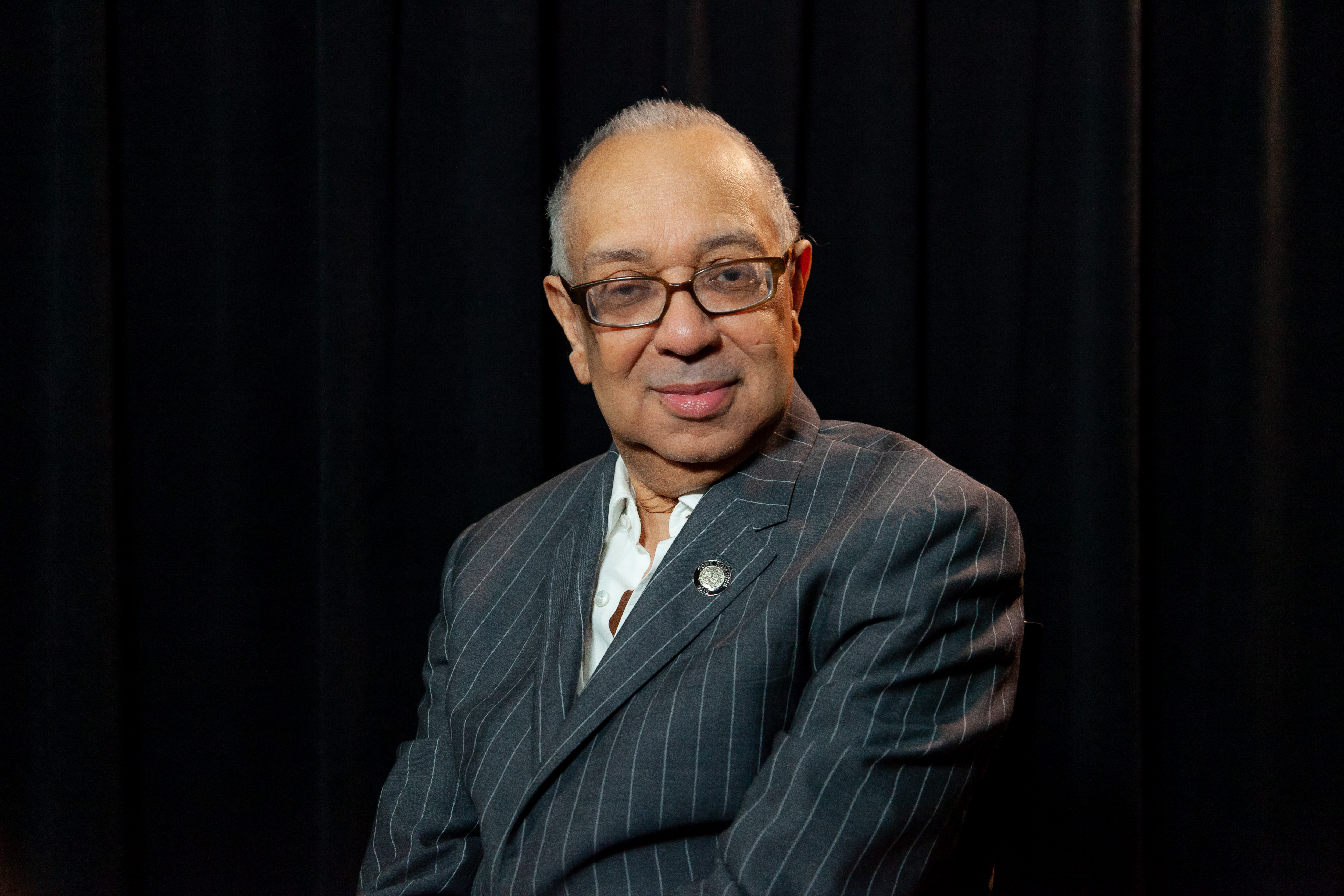Brigadoon — 57 Years Later

Saw Brigadoon at the University of Cincinnati-College Conservatory of Music and was once again duly impressed by the kids there. What made this production extra-special was that Gemze de Lappe, one of the show’s original cast members, restaged the original Agnes De Mille choreography. The kids told me that de Lappe insisted on authenticity down to the last crook of a finger, so the audience saw extended sequences, from ballets to sword dances, that don’t grace the average production of this show.
Brigadoon opened in 1947 and was rated a “major achievement” (Atkinson, Times), a “bonny thing” (Barnes, Herald-Tribune), a “show of marked
originality” (Garland, Journal-American), “stunning” (Morehouse, Sun). Watts of the Post wrote that there were “few musicals for which I have had more admiration.” The show ran long enough to become Broadway’s 12th-longest-running book musical, yielded one standard (“Almost Like Being in Love”), and legitimized bookwriter-lyricist Alan Jay Lerner and composer Frederick Loewe, who’d previously collaborated on a near miss called The Day Before Spring. But, good Lord, Lerner’s book for Brigadoon sure doesn’t seem effective 57 years after its premiere. That critics and audiences liked it back then — and subsequent ones have, too — seems surprising to me, now that I’ve had another good look at the show.
You’ll recall that Brigadoon tells the story of Tommy Albright, a sincere American guy who goes to Scotland with his friend Jeff, a cynical alcoholic in the making. They get lost but come across a village where they’re not quite welcomed. Nevertheless, Fiona MacLaren is smitten with Tommy and he with her. But he must confess that he’s got a woman back home whom he’ll soon marry “because the girl wants to.” He explains, “If you’ve been going with a woman for a while and she decides she wants to get married, you’d better agree right away and save yourself a lot of trouble.” (This line helps to explain why Lerner would marry no fewer than eight times.)
Here’s where the plot gets fanciful: Tommy and Jeff learn that Brigadoon’s most eminent citizen made a pact with God to let the village come alive for one day every hundred years. He did so, explains town historian Mr. Lundie, to ensure that “there wouldn’t be any changes in the life of the people” because they wouldn’t “be in any century long enough to be touched by it.” This happened two hundred years ago — but, for the townspeaople, it’s merely two days after the miracle. “A stranger can stay if he loves someone here,” says Mr. Lundie, “enough to want to give up everythin’ an’ stay with that person.” Jeff is ready to leave, lest he be trapped there at midnight; Tommy feels that he loves Fiona enough to stay, but then he begins to have doubts and reluctantly leaves. Cut to four months later: We’re in a Manhattan bar, where Tommy and his fiancée Jane have agreed to meet. She’s making plans for the wedding, their new home, and their life together — but he tells her to stop. He decides to return to the site where Brigadoon was in the hope that he can find it again. Wonder of wonders, miracle of miracles, he returns and who’s there but Mr. Lundie, who exclaims, “Tommy, lad! Ye mus’ really love her! Ye woke me up! I told ye, when ye love someone deeply, anythin’ is possible!”
Now, I don’t see any problem with going to sleep every night and waking up 100 years later. Frankly, I’d welcome the extra time in bed. (Ever notice how well-rested the villagers seem in the 1954 movie version of Brigadoon when they awaken?) The real problem with anyone deciding to stay in Brigadoon is eloquently expressed by Jeff in his question to Tommy: “You’re absolutely positive that there’ll never come a time when you’ll miss your family, your friends, the life you belong to?” These are damn good points — but Lerner put them on page 113 of a 138-page text. It’s too little, too late; he never once has Tommy mention a word about his parents and his sisters and his cousins and his aunts. Too bad that, early in the show, Tommy doesn’t say, “Gee, my mother would love this place” or “I want to look up dad’s relatives” — anything that would have shown his family means a great deal to him. Similarly, the only “friend” he mentions is Jane, about whom he doesn’t really care; and the only other one we see is Jeff, whom he doesn’t much like. Another problem is that Lerner never establishes what Tommy does for a living. He should have given him an occupation that provides great satisfaction and salary; then he’d really be leaving something behind. As it is, he seems so aimless that he might as well stay in Brigadoon, for what does he have that’s better back home?
Maybe De Mille’s dances and the score put the show across in 1947. The opening number — the villagers’ “Down at MacConnachy Square” — is a Real Show Song, the highest compliment that anyone can give a piece of music. In addition to the aforementioned “Almost Like Being in Love,” Tommy has two other nice songs that got a bit of airplay: “The Heather on the Hill” (which turns into a duet with Fiona) and “There But for You Go I.” There’s a terrific comedy number, “The Love of My Life,” sung by Meg, a townie who’s after Jeff. In addition, there’s the stirring “I’ll Go Home with Bonnie Jean,” sung by Fiona’s future brother-in-law Charlie, who also croons the tender “Come to Me, Bend to Me.” Fiona has the lovely “Waiting for My Dearie,” in which she insists that she’ll hold out for Mr. Right, no matter how long it takes for him to show up.
This brings me to a couple of other mistakes that Lerner made in a scene that’s utterly impossible to play today without getting some unintended laughs. During the bar scene, Tommy tells Jeff, “When I’m with people and they’re talking to me, they might say one little word that opens the door to a memory for me.” Sure enough, soon after Jane arrives and starts talking, she happens to say, “Come to me” — and we see Fiona high above the action singing “Come to Me, Bend to Me” as Tommy stares transfixed. A few moments later, Jane mentions the house that she wants to buy on “a high, beautiful hill” — and Fiona sings “The Heather on the Hill” while Tommy goes into his trance. Finally, when Jane says that they should “go home,” there’s Charlie singing, “Go home, go home, go home with Bonnie Jean!” At both performances I saw last weekend, the audience laughed in derision at this clumsy device, but that isn’t my main gripe. While I have no problem with Fiona singing “Heather on the Hill,” which we have heard her sing with Tommy, neither Fiona nor Tommy was anywhere near the scene when Charlie sang “Come to Me, Bend to Me” or “I’ll Go Home with Bonnie Jean.” How can Tommy be reminded of songs that he never heard, and how can Fiona sing them if she wasn’t there, either? While I’m not usually in favor of revisals, maybe someone should take a pencil to Brigadoon some time in the next hundred years.
********************
[To contact Peter Filichia directly, e-mail him at pfilichia@theatermania.com]










